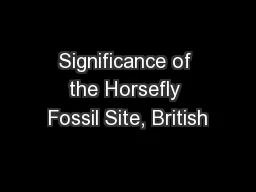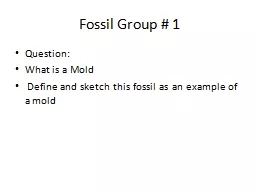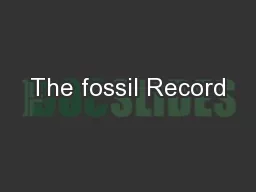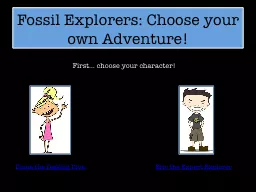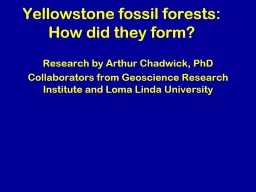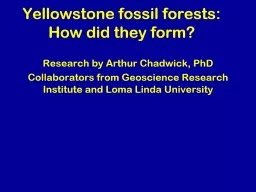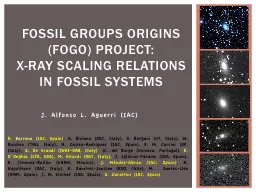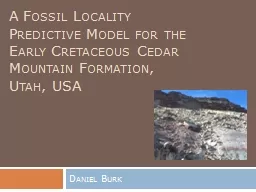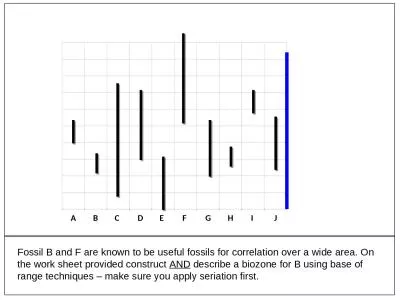PDF-Significance of the Horsefly Fossil Site, British
Author : conchita-marotz | Published Date : 2015-08-08
Columbia Compiled by the British Columbia Paleontological Alliance Based on Contributions from SB Archibald JF Basinger DR Greenwood RW Mathewes and MVH Wilson The
Presentation Embed Code
Download Presentation
Download Presentation The PPT/PDF document "Significance of the Horsefly Fossil Site..." is the property of its rightful owner. Permission is granted to download and print the materials on this website for personal, non-commercial use only, and to display it on your personal computer provided you do not modify the materials and that you retain all copyright notices contained in the materials. By downloading content from our website, you accept the terms of this agreement.
Significance of the Horsefly Fossil Site, British: Transcript
Download Rules Of Document
"Significance of the Horsefly Fossil Site, British"The content belongs to its owner. You may download and print it for personal use, without modification, and keep all copyright notices. By downloading, you agree to these terms.
Related Documents

